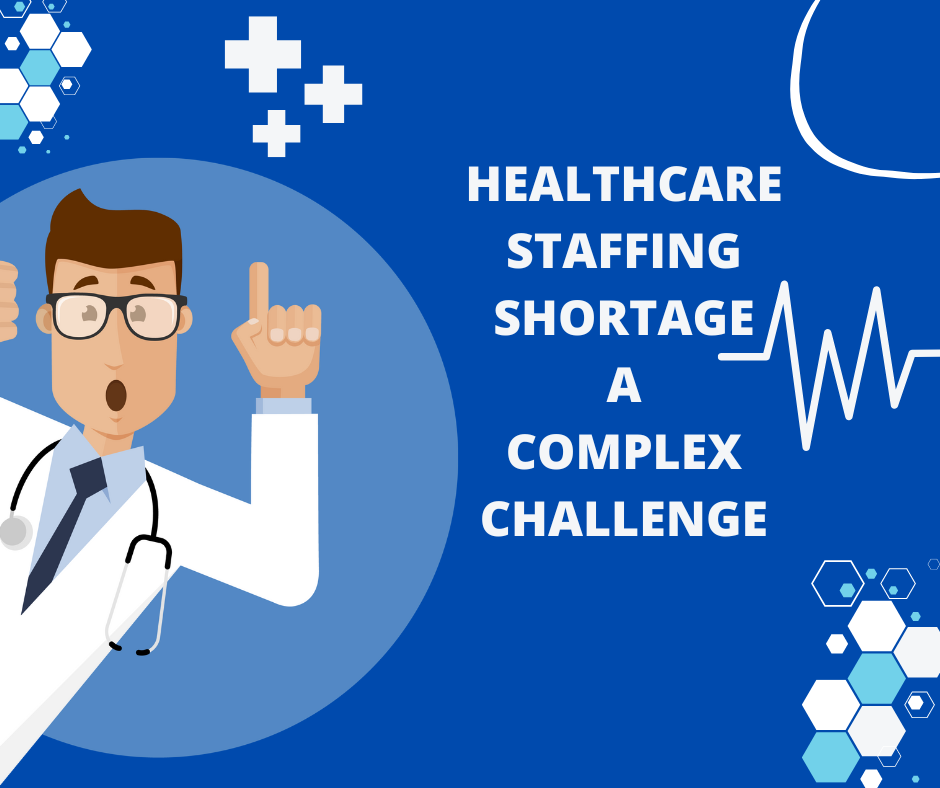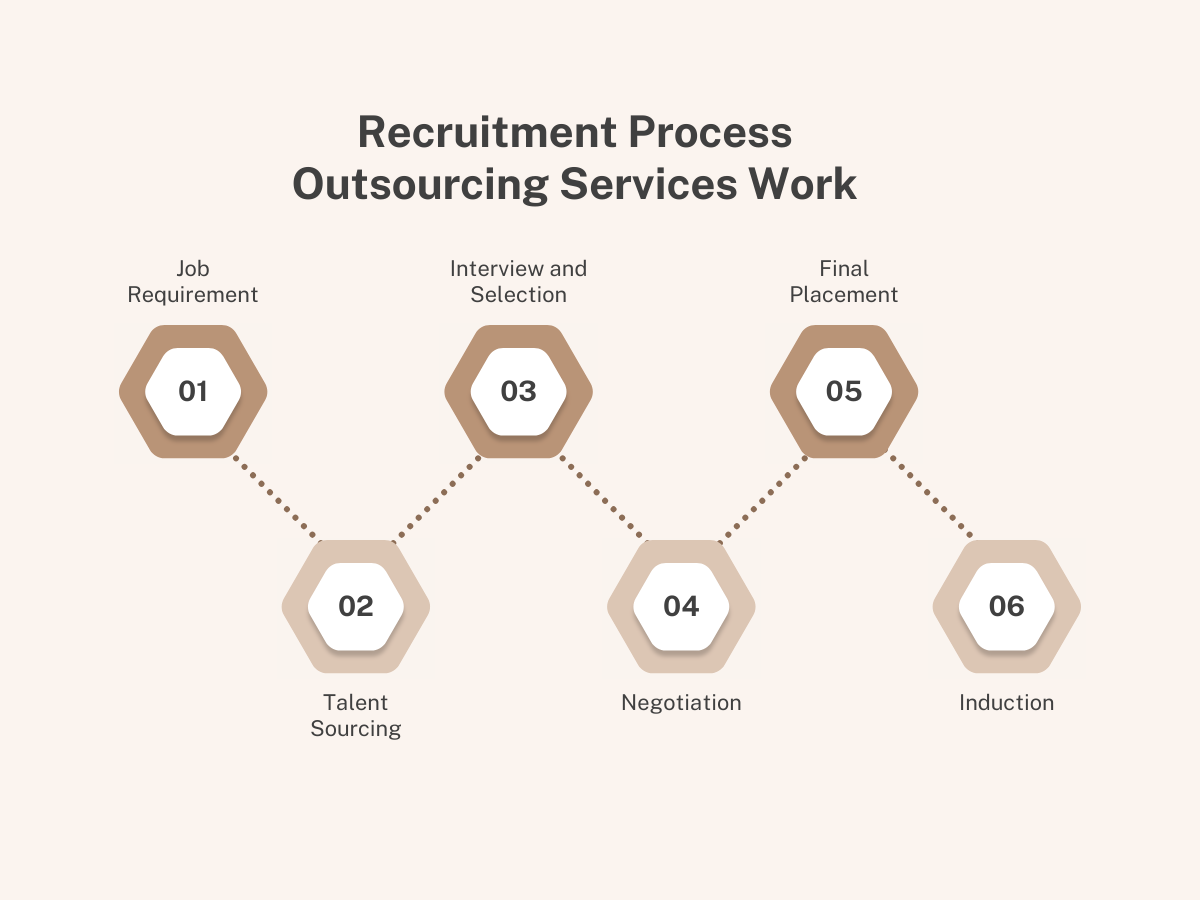In today’s rapidly evolving healthcare landscape, finding the right job or the perfect candidate can be a daunting task. This is where proactive healthcare recruiters come into play, serving as a bridge between talented professionals and healthcare organizations in need of skilled personnel. For those in Illinois, understanding the role of these recruiters and how they can unlock your potential is crucial in navigating the state’s dynamic healthcare job market.
The Healthcare Landscape in Illinois
Before delving into the benefits of working with a proactive healthcare recruiter, it’s essential to understand the current state of healthcare in Illinois. As of 2023, Illinois boasts a robust healthcare sector, employing over 750,000 individuals across various roles. The state is home to world-renowned medical institutions and a diverse range of healthcare facilities, from large urban hospitals to rural clinics.
Key Statistics:
– Number of hospitals in Illinois: 210
– Number of registered nurses (RNs) in Illinois: approximately 190,000
– Projected job growth in healthcare occupations in Illinois (2018-2028): 9.1%
These numbers highlight the significant opportunities available in the Illinois healthcare sector, but they also underscore the competitive nature of the job market. This is where a proactive healthcare recruiter can make all the difference.
What is a Proactive Healthcare Recruiter?
A proactive healthcare recruiter is a professional who specializes in identifying, attracting, and placing qualified candidates in healthcare positions. Unlike reactive recruiters who simply post job listings and wait for applications, proactive recruiters take a more dynamic approach. They:
1. Actively seek out top talent, even those not actively job hunting
2. Build and maintain extensive professional networks
3. Stay ahead of industry trends and job market fluctuations
4. Provide valuable insights and guidance to both employers and job seekers
How Proactive Healthcare Recruiters Unlock Your Potential
For Job Seekers:
1. Access to Hidden Opportunities
Proactive recruiters often have insider knowledge of positions that aren’t publicly advertised. In Illinois, where the healthcare job market can be competitive, this access to “hidden” jobs can be invaluable. For instance, a 2022 survey found that 70% of healthcare jobs in the Chicago metro area were filled through networking and recruiter connections rather than public job postings.
2. Career Guidance and Development
Experienced recruiters can provide valuable insights into career paths, skill development, and industry trends. They can help you identify areas for growth and suggest strategies to enhance your marketability. This is particularly important in Illinois, where the healthcare landscape is diverse and constantly evolving.
3. Salary Negotiation Support
Healthcare recruiters have up-to-date knowledge of salary trends in Illinois. As of May 2022, the mean annual wage for healthcare practitioners and technical occupations in Illinois was $88,620. A skilled recruiter can help ensure you’re compensated fairly based on your qualifications and the current market.
4. Time and Stress Savings
Job searching can be time-consuming and stressful. A proactive recruiter takes on much of this burden, allowing you to focus on your current job or other priorities while they work on finding your ideal position.
For Employers:
1. Access to a Wider Talent Pool
Proactive recruiters maintain extensive networks and databases of qualified candidates. This is crucial in Illinois, where certain healthcare specialties face significant shortages. For example, 32% of Illinois counties were designated as Health Professional Shortage Areas (HPSAs) for primary care in 2023.
2. Reduced Time-to-Hire
The average time-to-hire for healthcare positions in Illinois is 48 days. Proactive recruiters can significantly reduce this timeframe by quickly identifying and presenting qualified candidates, some of whom may not be actively job searching.
3. Improved Quality of Hires
By thoroughly vetting candidates and understanding both the technical requirements and cultural fit of a position, proactive recruiters can help ensure a better match between employer and employee. This can lead to increased retention rates, which is crucial given that Illinois hospitals faced an average turnover rate of 19.3% for registered nurses in 2022.
4. Market Insights and Competitor Intelligence
Proactive recruiters have their finger on the pulse of the healthcare job market. They can provide valuable insights into competitor hiring practices, salary trends, and emerging skill requirements.
The Proactive Recruiter Advantage: A Case Study
To illustrate the impact of working with a proactive healthcare recruiter, consider the following case study from a mid-sized hospital in Springfield, Illinois:
In 2022, the hospital was struggling to fill several specialized nursing positions, including roles in the intensive care unit (ICU) and emergency department (ED). Despite advertising the positions for over three months, they received few qualified applicants. The hospital then engaged a proactive healthcare recruiter specializing in nursing placements.
Within six weeks, the recruiter had:
– Identified and presented 15 qualified candidates
– Facilitated interviews with 8 top prospects
– Helped the hospital successfully hire 5 nurses (3 for ICU, 2 for ED)
The recruiter achieved this by:
1. Tapping into their network of passive job seekers (nurses not actively looking but open to new opportunities)
2. Leveraging their knowledge of competitor hospitals and identifying potential candidates ready for a change
3. Proactively reaching out to recent graduates from top nursing programs in Illinois and neighboring states
The result was a significant reduction in time-to-hire (from over 90 days to 42 days) and an estimated cost savings of $50,000 in reduced overtime and agency nurse usage.
Maximizing Your Relationship with a Proactive Healthcare Recruiter
To truly unlock your potential with a proactive healthcare recruiter, consider the following tips:
1. Be Clear About Your Goals
Whether you’re a job seeker or an employer, clearly communicate your objectives, non-negotiables, and areas of flexibility.
2. Stay Engaged
Maintain regular contact with your recruiter. Update them on any changes in your situation or requirements.
3. Provide Feedback
Offer constructive feedback on job opportunities or candidates presented. This helps the recruiter refine their search and better meet your needs.
4. Be Open to Opportunities
Sometimes, the perfect fit might come in an unexpected package. Be open to considering opportunities that might not immediately seem ideal.
5. Leverage Their Expertise
Don’t hesitate to ask your recruiter for advice on resume optimization, interview preparation, or industry trends.
The Future of Healthcare Recruitment in Illinois
As we look to the future, several trends are likely to shape healthcare recruitment in Illinois:
1. Increasing Demand for Specialized Roles
With an aging population and advancements in medical technology, demand for specialized healthcare professionals is expected to grow. The Illinois Department of Employment Security projects a 15% increase in demand for nurse practitioners and a 13% increase for physician assistants between 2018 and 2028.
2. Focus on Diversity and Inclusion
Healthcare organizations in Illinois are placing greater emphasis on building diverse teams that reflect the communities they serve. Proactive recruiters will play a crucial role in identifying and attracting diverse talent.
3. Technology-Driven Recruitment
While the human touch remains crucial, proactive recruiters are increasingly leveraging AI and data analytics to identify potential candidates and predict job market trends.
4. Emphasis on Soft Skills
Beyond technical qualifications, there’s a growing recognition of the importance of soft skills in healthcare. Proactive recruiters will need to assess candidates not just on their clinical skills, but also on attributes like empathy, communication, and adaptability.










